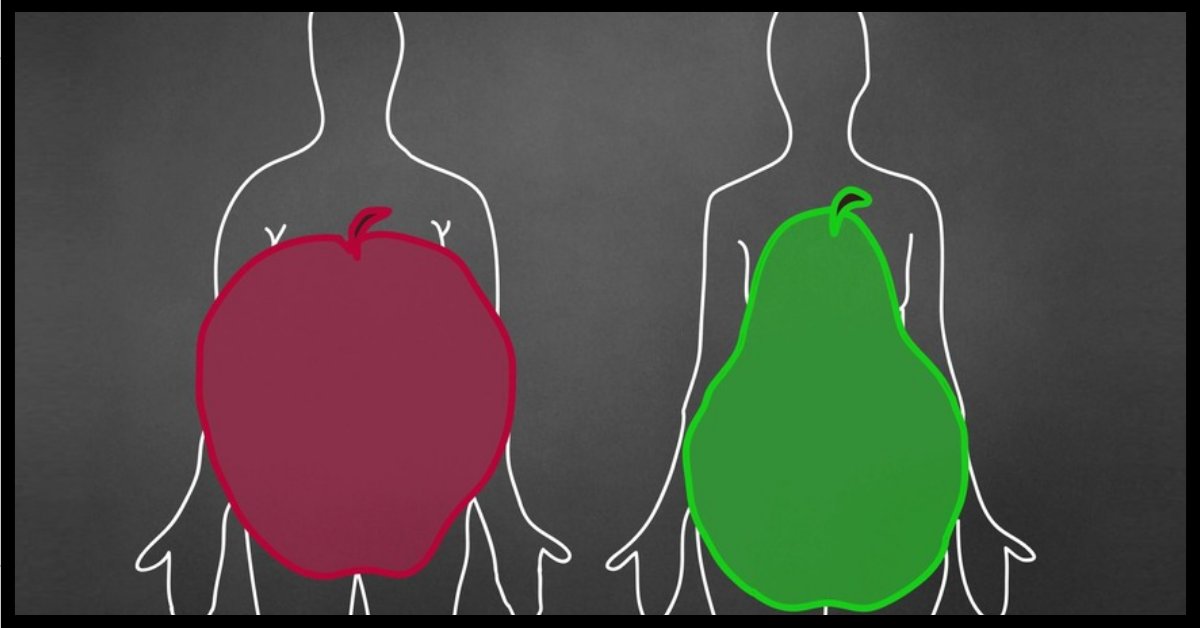Chances are, you’re reading this because you want to improve your running performance. And chances are, that improvement is to be measured by either running a particular distance faster than you ever have before, or being able to complete a race distance which is longer than you have ever done. For many of you, the answer will be that you need to do more running (the right type of running that is).
But for some of you, what you really need to do, is less.
What is Over Training?
Simply put, Over Training Syndrome occurs when you train your body beyond its ability to recover. It’s a fine line between enough training and too much training. The right amount of training is different for everyone. What’s important is not the amount of training you are doing per se. It’s the amount of training you do relative to everything else that is going on in your life, and relative to how well you recover from that training. A 21 year old university student (who doesn’t stay out till all hours of the early morning – is there such a thing?), has no financial pressures and has been running for several years, is likely to be able to do more training than her mother, who looks after said uni student and her three younger siblings, has a full time job as CEO of a mid-sized company, and looks after her aging parents… and on top of that wants to find time to nurture her relationship with her husband.
This is how training works
- Stress your body through running
- Let your body recover
- Repeat
Unfortunately, many people are in too much of a hurry to get to step three, and they miss step two all together, or at best, pay lip service to it.
Note that step one involves stressing your body. Also note, that for most of us, our training is not the only stress we place on ourselves. Each of the stressors (such as work, partying, social media) contribute to the total amount of stress we are absorbing, so the more stress you have outside of your training, the more conscious you need to be of recovering well.
More and more recreational runners are showing signs of over training. It’s unrealistic to expect to be able to train like a professional athlete if you have a lot of competing pressures in your life, which limit the amount of time you have for recovery.
Signs and Symptoms of Over Training Syndrome
There’s no “test” for over training syndrome and often it is only uncovered in hindsight. Many of the signs of over training syndrome can be explained away, but when these signs and symptoms are coupled with a decrease or a stagnation in performance, it’s time to re-look at your training plan. Don’t fall into the trap of thinking your under performance is a result of not training enough. If you up the training when what your body really needs is a rest, it can take months, sometimes years to recover.
It’s important to note that as you age, your performance will not advance ever upward. At some point, you need to start measuring your performance relative to your age. You can check out how to do that using the age-graded percentage tables.
Here are some of the things you should watch out for if your performance has stagnated or is declining.
- Elevated resting heart rate. If you’ve been doing too much, your resting heart rate is likely to be elevated. Of course, you can only tell if your resting heart rate is elevated if you have a base line to compare it to. To measure your resting heart rate, take your heart rate as soon as you wake up. That is, before you stretch, before you start to think about the day. If you wake up to an alarm, wait a couple of minutes for the shock of waking up to wear off. If you find your heart rate is elevated over an extended period of time, it could be a sign of over training. Remember a few things other than too much training can cause an elevated morning heart rate, such as too much caffeine or alcohol the night before, changed sleep patterns, dehydration, so if your heart rate jumps up for a morning or two but then settles back to its normal level, you’re probably fine.
- Feeling tired, washed out, or lacking in energy – for no reason
- Leg soreness and general aches and pains, that are not related to injury
- Difficulty sleeping
- An increase in the number of minor illnesses such as colds, sore throats, running nose
- An inability to work hard in training
- Feeling like you are training at an increased level of perceived exertion when you are training at similar paces to those which have felt easy in the past – feeling like training is harder than it used to be, even though you’re doing the same kinds of workouts
- Moodiness and irritability
- A compulsive need to exercise
How to avoid over training
The underlying cause of overtraining is always a lack of recovery. So as you add more training to your program, you need to make sure you’re ready for it, and make sure you have enough recovery built into your plan. To make it tricky, the amount of recovery needed is going to differ from person to person, so you need to be very much in tune with your own body.
Don’t try to improve too much in one training segment
If your current 10k time is 55 minutes, don’t expect to get down to 45 minutes in 8 weeks of training. Train at your current fitness level, not the level you want to be at in six months time.We generally have our runners work on a certain level of effort on the Rating of Perceived Exertion and work out a pace range for each different type of session which is likely to correlate with that level of exertion, based on current race times or a 3 km time trial. Still, we can never predict with 100% certainty how anyone is going to feel when they get out of bed, so we encourage our runners to use the paces as a guide only, and run on how they feel. It is something that takes getting used to, but well worth it in the long run. Unless you’re a very experienced runner, don’t set yourself a goal time for your next race, then set your training paces based on that goal. You’re much better off training yourself to run on your level of perceived exertion and having an idea of around about what sort of pace that should be. Training at your goal time does not take into account your current fitness level, nor the fact that your goal may just be a bit unrealistic (other too fast or too slow).
Make sure you take a break between training cycles
You need to give your body a bit of down time after training hard for a race. Most likely, that race will have pushed your body to new limits so you need to give yourself time to fully recover from the training and the race, before you start training again for your next goal. How long you need to take off, and whether you need to be completely inactive depends on your training load, the length of the preceding training cycle, and how well you’ve been able to recover during that training cycle. If you’re a recreational runner and you’ve just done your first 5k park run after training for 8 weeks, you can probably do with 2-4 days off the week after, and maybe a light 20 minute run or 2, and then you’re good to go again. If you’ve been training crazy hard and you’ve just done your 5k PB after a 16 week campaign, you might need a full week of inactivity to recover, before embarking on your next goal. 10k’ers and half marathoners can do with one to 2 weeks of light activity or activities that will help them to recover, such as very light cross training -perhaps some swimming, walking or an easy cycle or two. Marathoners can benefit from two weeks of doing nothing except eating and sleeping.
Use speed work sparingly
Make sure you have a good aerobic foundation, and use speed work as the icing on the cake. If I had a dollar for every time someone told me they needed to do more speed work to get faster, I’d be a very rich woman. Nothing builds your aerobic endurance better than easy running, so make sure you do a good dose of it before including too much speed work in your training. Races from 800m up predominantly use the aerobic system for energy, so it makes sense to predominantly train that system. Having said that you also need to make sure your program is interesting. Doing long slow runs every day of the week will send you bonkers. I include a small amount of faster running in my runners’ plans as soon as I feel they can handle some, but I’m very careful to weight programs heavily towards easier running and strength building, particularly in the first half of a training program. With speed work, a little bit goes a long way.
Employ good recovery methods during your training cycle
Sleep, nutrition, ice baths, hot and cold water cycling, stretching, massage can all help you to recovery quickly from individual training sessions. Ice baths are a special case, and not appropriate in all circumstances (which is kind of lucky due to their unpleasant nature!). Include recovery runs as part of your training plan, and be disciplined about how you conduct them. I’ve written previously in a bit more detail about good recovery.
How to treat over training
You guessed it rest, rest, repeat.
If you’ve just over stretched a bit – maybe bumped the training up a bit for a week which you just weren’t quite ready for, taking 2-3 days of complete rest can be enough to get you back on track. You may need to cut back the training volume for the next 5-7 days after that as well. Don’t be concerned that you’ll lose fitness if you don’t keep up with what was planned. In the long run, you’ll end up performing much better if you listen to your body. I remember training for a half marathon once and doggedly continuing with a run which was horrible – hilly, cold, wet and dark, and my longest run to date. It wrecked me. I should have stopped 3k short and jumped on a bus, and then had a few days off. I did neither, and felt very overcooked the day of the half. You live and learn.
If you’ve really been overdoing it for quite a while, you may need to stop training for several weeks, if not a couple of months. When you start back training again, you need to be patient and listen to your body. Start to gradually build back up to the fitness level you were at before, and this time round, make sure you include recovery in your training plan.
Eating a healthy diet, reducing or eliminating alcohol intake, and getting lots of sleep can help speed up the recovery process.
If you want to perform at your best, you do need to train hard. You also need to learn what the limit of hard is, for you as an individual. We help runners of all abilities through our online coaching programs, which are tailored to an individual’s lifestyle, current fitness levels and running goals.
When you’re ready to take your training to the next level, join us.







 This is the best defib finder app I can find, but it is far from perfect. There are quite a few defibs that I’m aware of at sports fields etc that are not registered, but I did find out about a few that I wasbn’t aware of. It’s worthwhile having on your phone, but don’t assume there is not a defibrillator nearby if the app doesn’t show a one near your location
This is the best defib finder app I can find, but it is far from perfect. There are quite a few defibs that I’m aware of at sports fields etc that are not registered, but I did find out about a few that I wasbn’t aware of. It’s worthwhile having on your phone, but don’t assume there is not a defibrillator nearby if the app doesn’t show a one near your location

